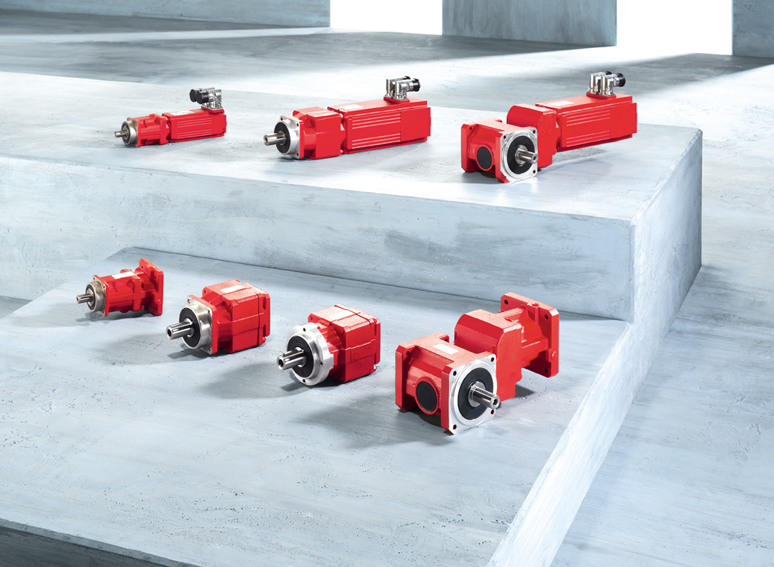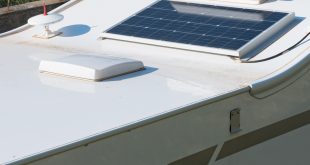Are you looking for an efficient and cost-effective way to power up electrical devices and machines for your business? You may, then, have heard about DC motors.

Before making an investment or big purchase, it’s essential to understand what you’re buying. By reading this article, you’ll have a clear understanding of DC motors, how they’re used, how they compare to AC motors, and some of their main benefits.
Let’s get started! If you’re interested in DC motors, explore the range at RS Components.
History of DC motors
Scientists Michael Faraday and James Clerk Maxwell concurrently invented the DC motor in 1837. These two experts—who share the same year of birth—independently discovered the DC motor while researching how electricity produces motion.
Both scientists published their findings in different journals at the same time, leading to a priority dispute that was never settled. As such, there’s no definitive answer on who invented the DC motor. The world recognises both experts for their contributions to the machine’s invention.
Interestingly, Faraday also invented the conductor, which is the wire that connects the electricity source in a DC motor to the rotor (the part that rotates).
Common DC motor applications
DC motors are used in a broad array of industries and applications, including engineering, robotics, and aerospace—but their usage doesn’t stop there.
In the business world, you’ll find DC motors in appliances, while in industrial settings, they’re often used for applications requiring braking and reversing.
In the printing industry, for example, you might find them powering an automated paper cutter. In warehouses, you’ll see them running forklifts up and down aisles. And in warehouses, DC motors power conveyor belts that carry goods through the assembly line.
How DC motors work
DC motors are electromechanical conversion devices that produce rotary motion from electric current. They are most commonly used in small appliances and tools, although they can also be found in some vehicles and industrial machines.
The first thing to know about a DC motor is that it’s also called an electric motor. Electric motors convert electrical energy into kinetic energy, which makes the machine work and generate motion and torque.
To discover how a DC motor works, it is important to understand the three main parts of the motor—the armature, rotor, and field. The armature is an array of coils wrapped around a core and attached to the shaft. The rotor is a metal weight or disc that spins when electrical currents are fed into the coils on the armature. Finally, there is an electromagnetic field created by external magnets that interact with the polarity of these coils to create rotary motion.
Conclusion
DC motors first entered the market in the mid-1800s, soon becoming an essential machine in industries around the world, including aerospace, engineering, printing, manufacturing, and robotics. DC motors work by converting electric current into kinetic energy, generating torque and motion.
Now you understand how DC motors work and their industry applications, you can decide whether investing in these powerful, versatile machines is right for your business. Here’s a hint—the answer is most likely yes!
 World inside pictures Collect and share the best ideas that make our life easier
World inside pictures Collect and share the best ideas that make our life easier








